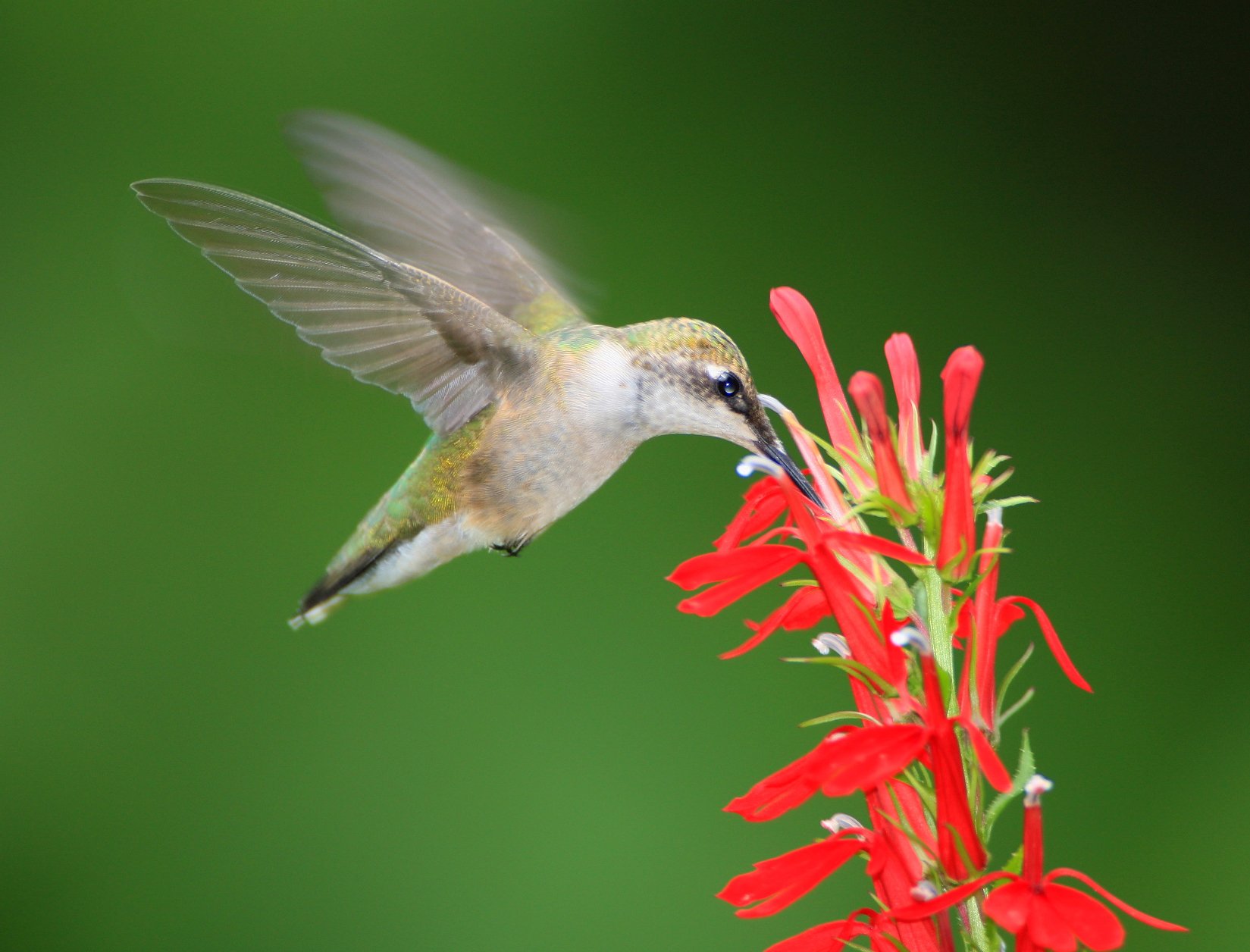SpotLight
“If you truly love nature you will find beauty everywhere
Laura Ingalis Wilder
"I believe a leaf of grass is no less than the journey-work of the stars."
WALT WHITMAN
January 2024
Dark-eyed Junco
Dark-eyed Junco (Junco hyemalis)
As its Latin epithet implies these little fellows like the winter. They are cold-tolerant birds. Really, one of the most common birds in winter across North America. By the time mid-April rolls by, back up to the hinterlands to breed in spring - Boreal lands of Canada.
If you’re ever in close proximity to small flocks of them in winter you’ll likely be treated to one of my favorite sounds in nature. When they get irritated with each other, being on top of each other at a bird feeder or other foraging hotspot, they often have a stacotic, electric twittering spurt. It’s unmistakable and quite alien - very, very cool!
Juncos tend to stay within 10 acres of where they come to spend the winter. This puts a real emphasis on just ho many their must be throughout the world. You can’t go anywhere in winter where you don’t see small flocks of 10 to 20 juncos hanging near the edges of roads or at backyard feeders or in a scrubby old field’s, eeking-out a living on the slightest of imperceptible herbaceous matter - mainly weed seeds.
If you’re pondering why they are such good winter birds part of the explanation is that they carry, on average, 30 percent more feather mass on them during the coldest of months. This, and their ability to use their tiny beaks to skim the surface of snow, leaves, dirt for autumns leftovers makes them incredibly successful “snow birds”.
In winter its all seed for them - in spring it evens out between insects and seeds. Insectagranivorous an ecologist might say.
Females are distinctly lighter than males.
MantisFlies
Mantisflies
Family Mantispidae - space bugs in our mist. They must have crawled out from the spacecraft found at Roswell as stowaways in the packaging of Cardassian blood fleas used as alien travel snacks, probably originating out there somewhere in the Inner Rim Territory of the Delta Quadrant.
These guys are bad ass. Raptorial forelegs, lacewings, kaleidoscopic eyes, and an abdomen sculpted by a praying mantis - a grab-bag of insect body parts put together in a blender.
But what really makes this insect stranger than strange is its bizarre life history. Taken right out of the mind of Robert A. Heinlein of Starship Trooper fame, this insect usurps the eggs of spiders where the larvae feasts on its inner fluids and then use the egg sac as their very own development chamber – can you say "heeby jeeby" It gets worse – once they emerge, they proceed to start feeding on the hemolymph (insect blood) of the spider itself as it fully forms into a freakish killing machine.
The good news in all of this, of the 400 (+/-) species worldwide none get bigger than an inch – most don’t reach a half inch in length. Now that’s a relief.
Oh – by the way – they’re everywhere – in the summer months while performing nocturnal moth surveys it’s a rare night that we don’t get at least a few attracted to our high intensity full spectrum light source.
“Your posts with stunning photos and captivating facts, I gobble up like candy (I'm addicted to sugar). These cool facts get stuck in my head. When I encounter, I will already have facts. Find it so much more interesting to observe nature when can ID a berries (like winterberry), bug, bird, bat etc as makes observing so much more fun.”
Anita Coogan
Information Technology Specialist
Ruby-throated Hummingbird
In the northeast the ruby crowned hummingbird (Archilochus colubris) is documented to be in decline. No wonder , their primary food items in spring and during the nesting season are insects - insects that are in decline. It’s postulated that this decline in insects is responsible, at least partially, for the declines in rubythroats. The population dynamics of the species is debated amongst ornithologists, but the consensus is that some populations might be increasing while others are trajecting downwards.
A good friend and colleague, Dennis Briede of Blairstown, New Jersey is doing his part to keep hummers energized. He dumps an average of 50 lbs. of sugar into hummingbird feeders in August and September, festooned from gutters on every corner of his home – a home that itself is nestled right in the path of a mountainous flyway. During the peak of the migration these aerial acrobats are abuzz at every turn. At any one time in late August and early September there can be as many as 30 hummingbirds at his feeders. This number is likely double as at least the same number are hanging out in nearby trees awaiting their turn. Along with the rubythroats, I’m the beneficiary of his efforts as I post myself at various locations within his landscape, near his strategically placed feeders to get images that attempt to represent the species behaviors in natural settings.
I’ve learned much about their daily routines through direct observation during long sits in meadows amongst these aerial acrobats feeding on a variety of nectaring source plants - jewelweed, cardinal flower, phlox, and verbena. Anything with a tubular shaped corolla and nectar in the tank will do. For natures engine, hummers are the sparkplugs that help drive pollination, the mechanism that drives and supports future generations of plants and birds alike.


























